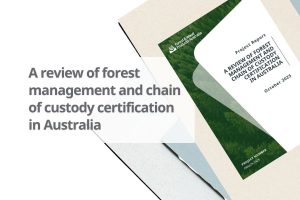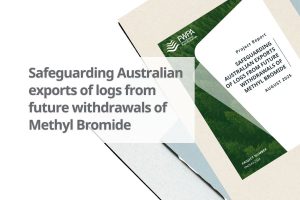Failure to consider the effects of agriculture spillover into areas adjacent to intensely farmed zones will likely have severe consequences for soil variables.
A new CIFOR study, conducted in the Waipa District on the north island of New Zealand, looked at areas representative of “land sparing,” the combination of small isolated forested areas or forest remnants embedded within lands used for food production. These areas—typically two to 16 hectares—represent the only remaining natural habitats in lowland agricultural landscapes.
Intensive agricultural land use appears to have a major impact on soil properties in these forest areas. The study found that there is a “pervasive” alteration of soil properties in areas where intensive farming occurs, with high levels of nitrogen, phosphorus, uranium, and cadmium found.
Even when forest remnants were fenced off or “spared” for conservation purposes and livestock access prevented, nutrient spillover via runoff and aerial drift of fertilisers caused substantial effects beyond fenced boundaries.
Click here for source (CIFOR Forest News)
Photo: Brian NZ



